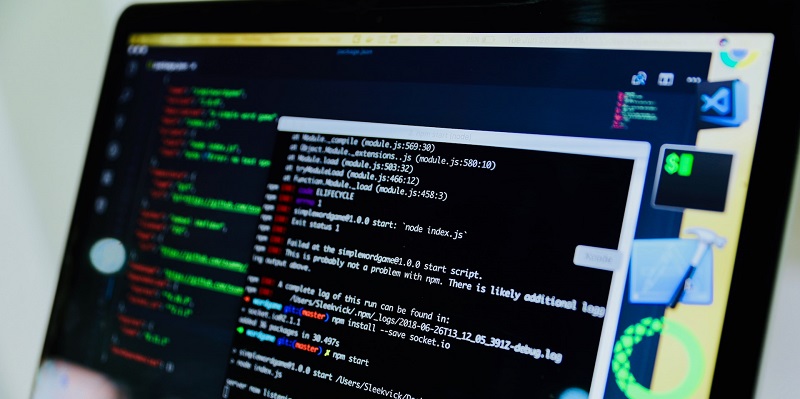Microsoft SharePoint Server, a widely used collaboration platform, has recently been found to have two critical vulnerabilities that can enable remote code execution and elevation of privileges on affected servers. Security researchers have not only discovered these flaws but have also released details of an exploit chain they developed. Additionally, a separate researcher has shared proof-of-concept code demonstrating how one of the vulnerabilities can be exploited to gain admin privileges on vulnerable systems.
Chaining the Vulnerabilities
The two vulnerabilities are tracked as CVE-2023-29357 and CVE-2023-24955. Microsoft has addressed these issues in their security updates for June and May, respectively. The researchers from Singapore-based StarLabs have successfully created an exploit chain using these vulnerabilities, which allows them to achieve pre-authentication remote code execution on affected systems. This capability poses a significant threat as it compromises the security of data and system integrity.
Proof-of-Concept Code Release
Furthermore, an independent security researcher has published proof-of-concept code on GitHub, showcasing how an attacker can exploit CVE-2023-29357 to gain administrative privileges on unpatched SharePoint Server 2019 systems. This release highlights the potential impact on vulnerable systems that have not applied the necessary security updates.
Vulnerability Details
CVE-2023-29357 is an elevation of privilege flaw found in SharePoint Server 2019. Microsoft addressed this vulnerability in their June security update. On the other hand, CVE-2023-24955 is a remote code execution vulnerability that was patched in May. Both vulnerabilities have been categorized as critical by Microsoft, indicating their potential severity and the likelihood of exploitation.
Microsoft’s Warning
Recognizing the critical nature of these vulnerabilities, Microsoft has alerted users about the heightened risk of exploitation in the coming months. As the exploit chain and proof-of-concept code have been released, malicious entities are increasingly likely to leverage these vulnerabilities to compromise SharePoint servers.
Exploit Chain Description
The researchers from StarLabs have provided details of the exploit chain they developed, enabling pre-authentication remote code execution on affected systems. Their breakthrough demonstrates the severity of these vulnerabilities and the impact they can have on overall system security.
Proof of Admin Privileges Exploit
In addition to the exploit chain, a separate security researcher has shared proof-of-concept code demonstrating how an attacker can gain admin privileges on unpatched SharePoint Server 2019 systems using CVE-2023-29357. This exploit further emphasizes the importance of promptly applying security patches to mitigate the risk of unauthorized access.
Chaining Exploits for Complete System Compromise
While the proof-of-concept code reveals the possibility of gaining admin privileges, attackers can chain this exploit with CVE-2023-24955 to compromise the confidentiality, integrity, and availability of SharePoint servers. This comprehensive compromise can lead to severe data breaches and potential system disruption.
Exploit Limitations
It is crucial to note that the proof-of-concept code released thus far does not demonstrate remote code execution (RCE) on affected systems. While it exposes how an attacker can access details of admin users with elevated privileges, it does not provide the means for achieving RCE. Nonetheless, the combination of exploits released increases the overall risk and underscores the importance of immediate patching.
Increased Likelihood of Exploitation
With the exploit chain and proof-of-concept code now publicly accessible, the probability of malicious entities leveraging these vulnerabilities has substantially increased. Organizations that utilize SharePoint Server must be proactive in applying the required patches and remaining vigilant against potential threats targeting these vulnerabilities.
The critical vulnerabilities discovered in Microsoft SharePoint Server have major implications for system security. The exploit chain and proof-of-concept code released by researchers highlight the severity of the vulnerabilities and the potential for unauthorized access and remote code execution. It is vital for organizations to stay up to date with the latest security updates and promptly apply patches to mitigate the risk of exploitation. Maintaining a vigilant approach to security is paramount in safeguarding SharePoint Server and protecting sensitive data from potential breaches.

